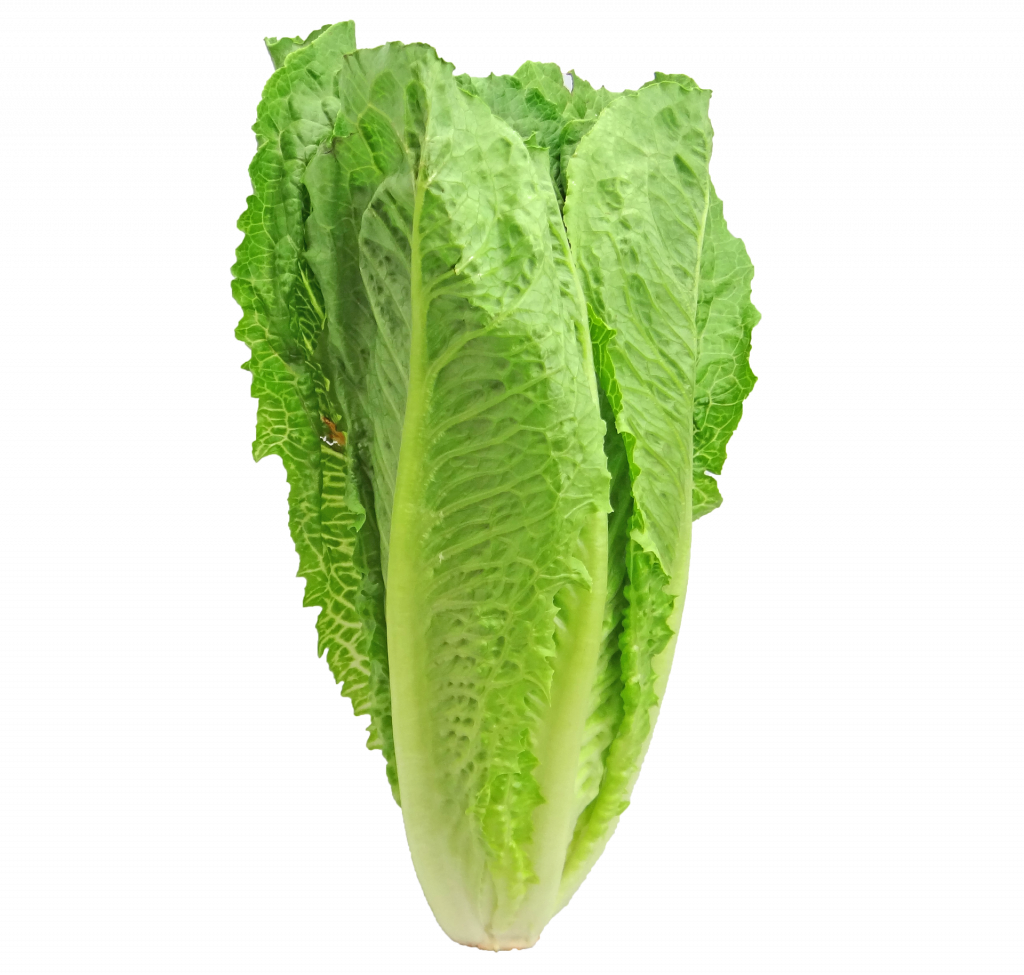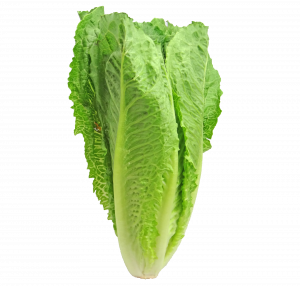All fields are required
Posted in E. coli,Outbreaks & Recalls on May 3, 2018

The E. coli threat seems far from over with investigators searching for answers. In a matter of days, an additional 23 more reports of illness and 10 states were added to the Center for Disease Control and Prevention (CDC) case count list. At this time, the shiga toxin-producing E. coli (STEC) O157:H7 outbreak linked to Romaine lettuce from the Yuma, Arizona growing region has climbed to 121 across 25 states. So far, 52 people required hospitalization with 14 developing a dangerous complication known as hemolytic uremic syndrome (HUS). One patient in California has died from their illness.
Affected states include: Alaska, Arizona, California, Colorado, Connecticut, Georgia, Idaho, Illinois, Kentucky, Louisiana, Massachusetts, Michigan, Mississippi, Missouri, Montana, New Jersey, New York, Ohio, Pennsylvania, South Dakota, Tennessee, Virginia, Washington, Wisconsin. The states of California and Pennsylvania have been the hardest hit, with 24 cases coming from California and 20 cases coming from Pennsylvania.
Illness onset for STEC infections generally begin somewhere between 3 to 4 days after consuming a contaminated food or beverage, though it may occur anywhere from 1 to 10 days. Symptoms of this dangerous bacterial infection often vary from person to person, though most commonly include diarrhea (often bloody), severe stomach cramps, and vomiting. While fever isn’t always experienced, those with a fever are often not very high at less than 101⁰F. Generally, symptoms resolve within 5 to 7 days in normally healthy individuals, though complications may occur.
Just When We Thought It Was Coming to a Close
With the Yuma, Arizona growing season coming to a close and the perishability of the product, it was beginning to look like this outbreak may die out with the product that caused it. Unfortunately, that has not been the case. The most recent illness was reported to have began on April 21, 2018.
We may see more cases trickling in. As a rule, illnesses occurring in the last 2 to 3 weeks may not be included in the current statistics. As expected, there is often a lag between illness onset and when this information is reported to the CDC. It might take a little bit of time from when the infected person begins to experience symptoms to the point they feel the need to seek medical attention. Once they make it to a health care provider, the testing and confirmation process may take another week. At this point, the patient data would be submitted to the CDC and linked with the outbreak.
Reported illness onset for this outbreak began March 13, 2018. The last reported illness of April 21, 2018 indicates that we may see a few more cases during this infection period.
One Source Identified
While one source has been identified, questions still remain. The U.S. Food and Drug Administration (FDA) has identified Harrison Farms as a source for whole head romaine responsible for infecting inmates at a correctional facility in Nome, Alaska.
Unfortunately, that is not the end of the story. The bulk of the illnesses are linked to chopped, bagged romaine lettuce. This tells investigators that somewhere along the line the whole head lettuce has come in contact with an E. coli source. This can be anywhere from where the product is held, to where it is processed, and even at the distribution step. The FDA is working hard to test samples from these potential areas to better hone in on where the contamination occurred.
Peter Cassell at the US Food and Drug Administration’s Food Safety division says the agency is investigating the source of the illnesses in the other states. “We are working to identify multiple distribution channels that can explain the entirety of the nation-wide outbreak and are tracing back from multiple groupings of ill people located in diverse geographic areas,” he says.
If I were an investigator, I would be looking at the links between the whole head lettuce that has been identified and the production processes that lead to the “cut, bagged” end product that has been responsible for so many illnesses. There must be a common factor between those two areas if the DNA fingerprint obtained from Harrison Farms matches those who are infected from consuming cut, bagged lettuce.
As a Consumer
As a consumer, you can take steps to protect yourself and your family. First, do not eat or buy romaine lettuce until you can be sure that the romaine has not come from the Yuma, Arizona growing region. This avoidance guidance includes all forms of romaine including whole heads, hearts of romaine, chopped romaine, baby romaine, along with salads and salad mixes that contain romaine lettuce.
Packaging for this type of product can either be non-existent or have limited information. Personally, I don’t think I have ever seen a domestic growing region on any produce I have purchased from a grocery store. Often you see the country of origin, but not much information on the growing region.
If you cannot identify the source of the romaine, do not eat it – Even if someone has eaten the product and not fallen ill. After throwing away the product, be sure to clean any surfaces that may have come in contact with it using hot, soapy water. Be sure to wash your hands after handling the potentially contaminated product.
Consumer Reports is advocating for an avoidance approach to premade salads and bagged lettuce mixes, as they often do not specify the types of lettuces packaged. Mixes such as “Spring Mix” or “Asian Lettuce Blend” could contain romaine lettuce. “With a chopped product, it can be very difficult to tell what type of lettuce consumers are looking at,” says Abigail Snyder, Ph.D., assistant professor of food safety at Ohio State University. “If you can’t tell what’s in a particular salad mix, better to toss it for now.”
As a Restaurant or Retailer
The CDC is advising restaurants and retailers to refrain from serving or selling romaine lettuce from the Yuma, Arizona growing region. Suppliers should be contacted to identify the source of romaine lettuce when making future purchasing decisions. If the source cannot be dutifully verified, the product should be removed from shelves and circulation and a proper decontamination of storage areas should be performed.
Ongoing Investigation
MakeFoodSafe.com is watching for updates on this expanding outbreak. Check back often to view updates as new information becomes available.
By: Heather Van Tassell, Contributing Writer (Non-Lawyer)